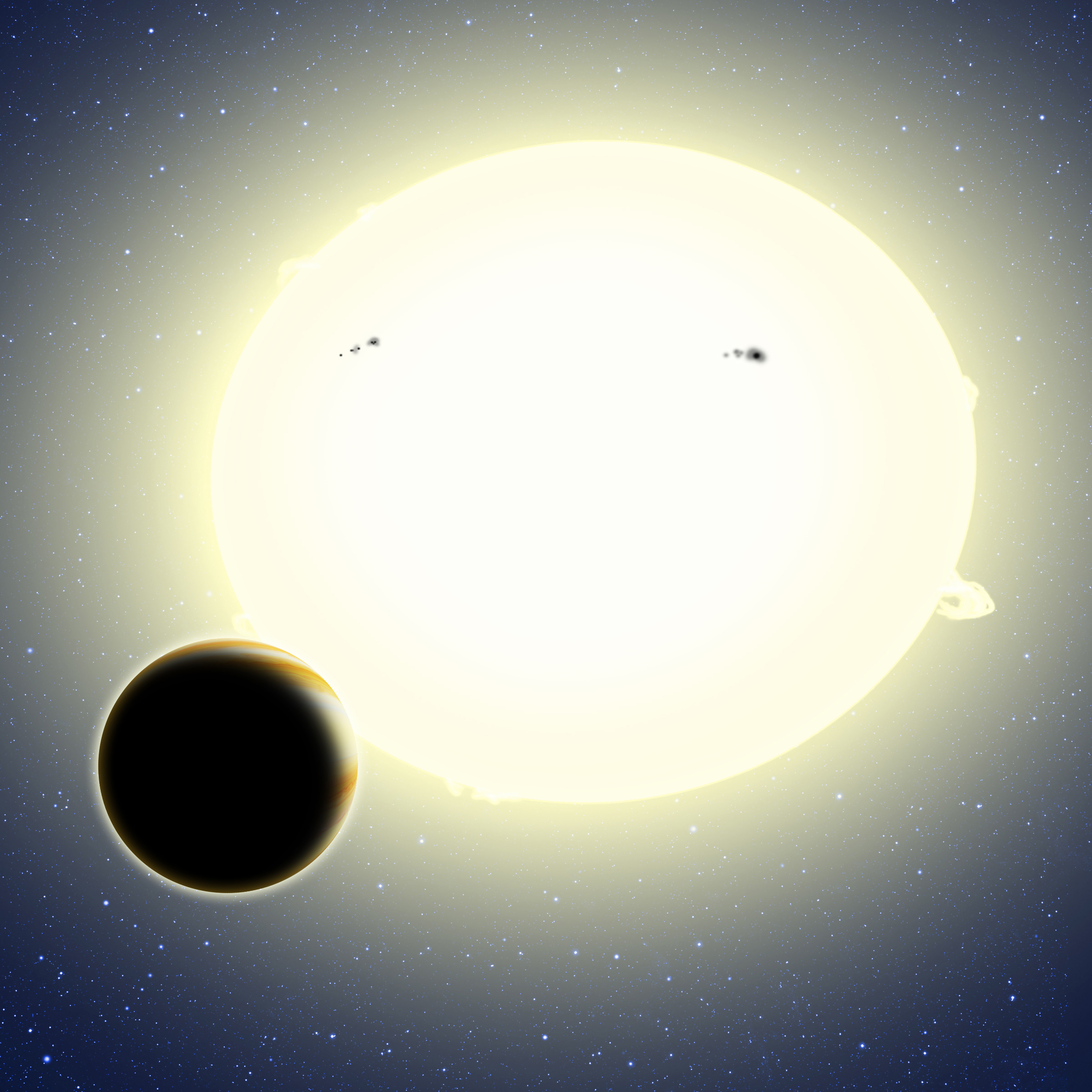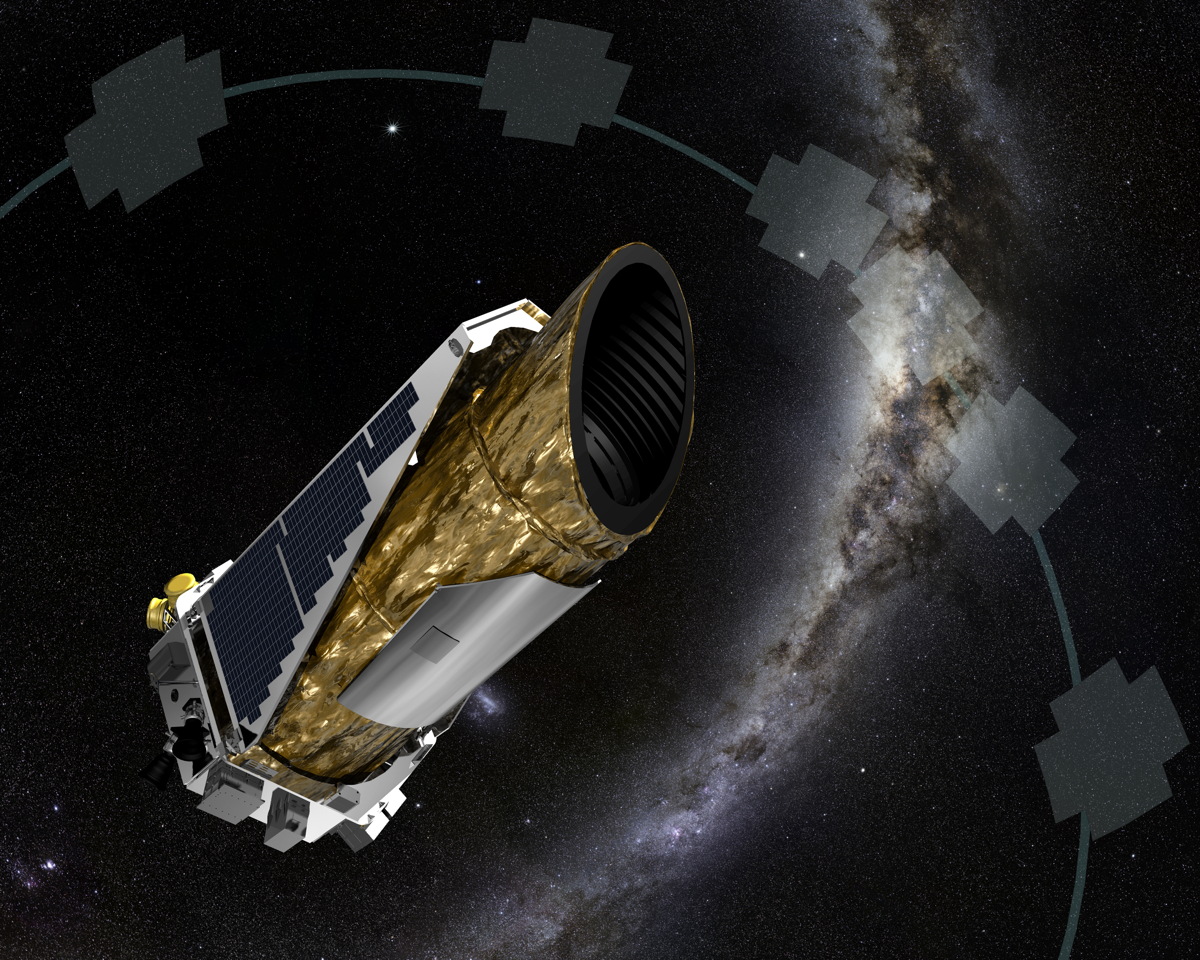NASA's Kepler Spacecraft Finds 1st Alien Planet of New Mission

NASA's Kepler space telescope is discovering alien planets again.
The prolific spacecraft has spotted its first new alien planet since being hobbled by a malfunction in May 2013, researchers announced today (Dec. 18). The newly discovered world, called HIP 116454b, is a "super Earth" about 2.5 times larger than our home planet. It lies 180 light-years from Earth, in the constellation Pisces — close enough to be studied by other instruments, scientists said.
"Like a phoenix rising from the ashes, Kepler has been reborn and is continuing to make discoveries," study lead author Andrew Vanderburg, of the Harvard-Smithsonian Center for Astrophysics (CfA), said in a statement. "Even better, the planet it found is ripe for follow-up studies." [Gallery: A World of Kepler Planets]
Kepler launched in March 2009, on a 3.5-year mission to determine how frequently Earth-like planets occur around the Milky Way galaxy. The spacecraft has been incredibly successful to date, finding nearly 1,000 confirmed planets — more than half of all known alien worlds — along with about 3,200 other "candidates," the vast majority of which should turn out to be the real deal.
The spacecraft finds planets by the "transit method," watching for the telltale dimming caused when a world cross the face of, or transits, its parent star from Kepler's perspective. Such work requires incredibly precise pointing — an ability the spacecraft lost in May 2013, when the second of its four orientation-maintaining reaction wheels failed.
But the Kepler team didn't give up on the spacecraft. They devised a way to increase Kepler's stability by using the subtle pressure of sunlight, then proposed a new mission called K2, which would continue Kepler's exoplanet hunt in a limited fashion and also study other cosmic objects and phenomena, such as active galaxies and supernova explosions.
NASA greenlit K2 for two years in May of this year, but Kepler first detected HIP 116454b even earlier. Vanderburg and his colleagues — who developed special software to analyze data gathered by the spacecraft in its compromised state — noticed a single transit of the planet in Kepler observations from a nine-day test run in February.
Breaking space news, the latest updates on rocket launches, skywatching events and more!
The astronomers then confirmed the discovery using the HARPS-North spectrograph on the Telescopio Nazionale Galileo in the Canary Islands, off the west coast of Africa.
HIP 116454b is about 20,000 miles (32,000 kilometers) wide and is 12 times more massive than Earth, scientists said. The planet's density suggests that it is either a water world or a "mini Neptune" with a large, thick atmosphere.
HIP 116454b lies just 8.4 million miles (13.5 million km) from its host star, an "orange dwarf" slightly smaller and cooler than the sun, and completes one orbit every 9.1 days. The close-orbiting planet is too hot to host life as we know it, researchers said.
The planet's relative proximity to Earth means it will likely attract further attention in the future.
"HIP 116454b will be a top target for telescopes on the ground and in space," said study co-author John Johnson, of Harvard University and the CfA.
The new study has been accepted for publication in The Astrophysical Journal.
While HIP 116454b is the first planet spotted by Kepler in its current state, it isn't the first world to be confirmed in the wake of the May 2013 glitch. Many other discoveries have rolled in since then, as researchers work to validate the trove of planet candidates Kepler detected during its prime mission.
Follow Mike Wall on Twitter @michaeldwall and Google+. Follow us @Spacedotcom, Facebook or Google+. Originally published on Space.com.

Michael Wall is a Senior Space Writer with Space.com and joined the team in 2010. He primarily covers exoplanets, spaceflight and military space, but has been known to dabble in the space art beat. His book about the search for alien life, "Out There," was published on Nov. 13, 2018. Before becoming a science writer, Michael worked as a herpetologist and wildlife biologist. He has a Ph.D. in evolutionary biology from the University of Sydney, Australia, a bachelor's degree from the University of Arizona, and a graduate certificate in science writing from the University of California, Santa Cruz. To find out what his latest project is, you can follow Michael on Twitter.


